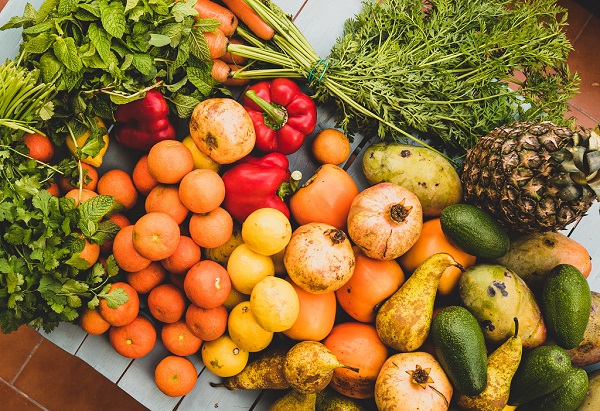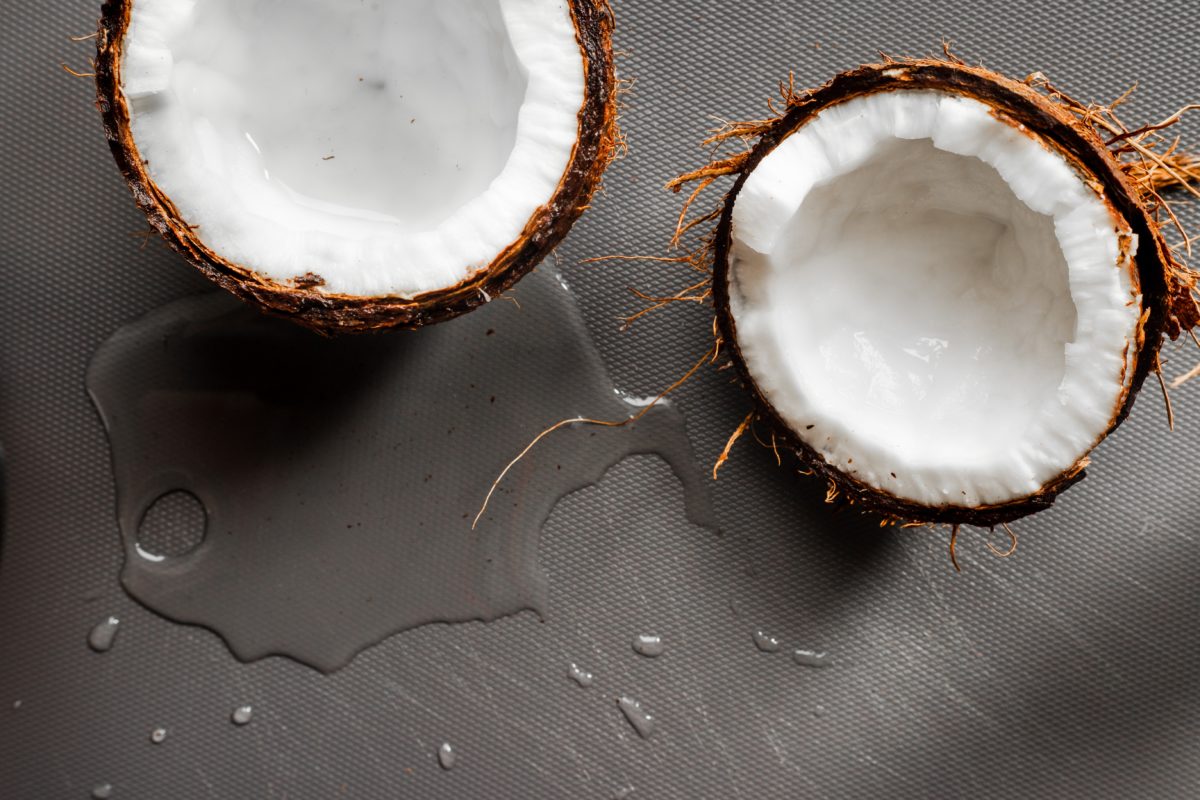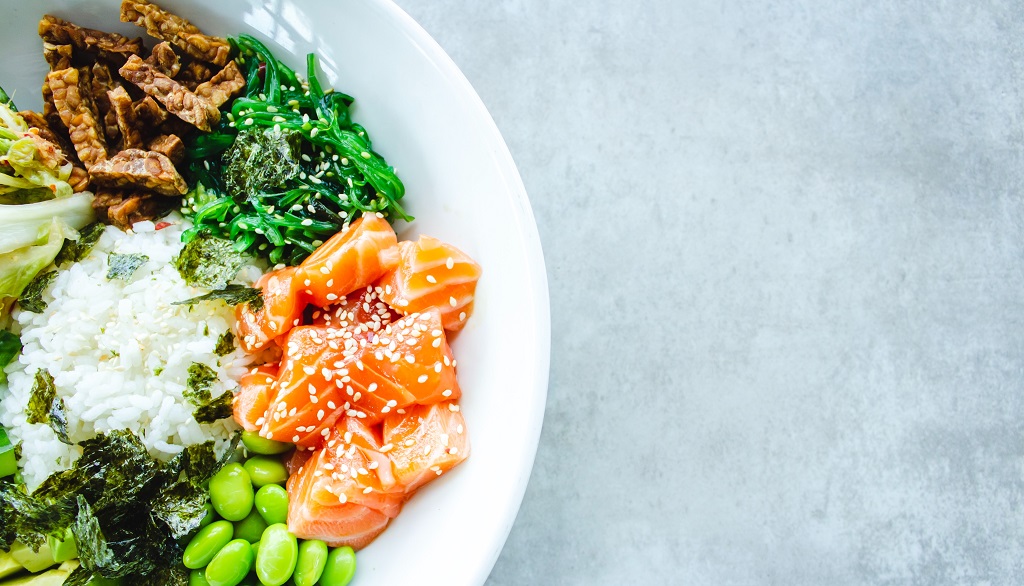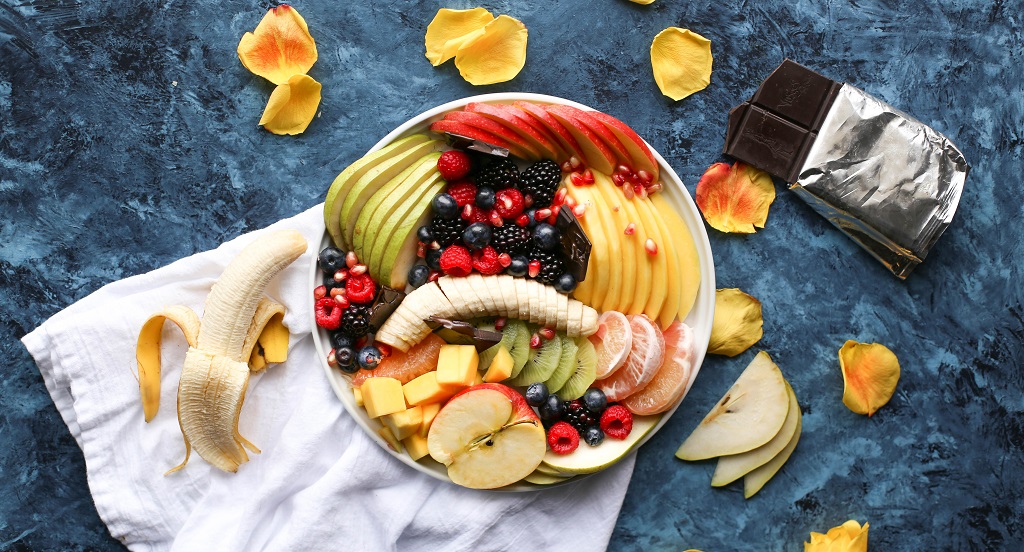Staying healthy in today’s high society of multitasking and rat-race lifestyle has become extremely important for survival. Having a ketogenic diet essentially is also very beneficial as ketosis is a normal metabolic process that provides multiple health benefits. During ketosis, your body converts fat into compounds known as ketones and begins using them as its main source of energy.
Studies have found that diets that promote ketosis are highly beneficial for weight loss, due in part to their appetite-suppressing effects Emerging research suggests that ketosis may also be helpful for type 2 diabetes and neurological disorders. Here are some effective tips to get into ketosis.

Minimize Your Carb Consumption
Eating a very low-carb diet is by far the most important factor in having a ketogenic diet. When carb intake is very low, glycogen stores are reduced and levels of the hormone insulin decline. This allows fatty acids to be released from fat stores in your body. Carb and ketone ranges are advised for people who want to get into ketosis to promote weight loss, control blood sugar levels or reduce heart disease risk factors.
Include Coconut Oil in Your Diet
Eating coconut oil can help you get into ketosis. It contains fats called medium-chain triglycerides (MCTs).Unlike most fats, MCTs are rapidly absorbed and taken directly to the liver, where they can be used immediately for energy or converted into ketones. In fact, it’s been suggested that consuming coconut oil may be one of the best ways to increase ketone levels in people with Alzheimer’s disease and other nervous system disorders.

Maintain Adequate Protein Intake
Achieving ketosis requires a protein intake that is adequate but not excessive.The classic ketogenic diet used in epilepsy patients is restricted in both carbs and protein to maximize ketone levels.
First, it’s important to consume enough protein to supply the liver with amino acids that can be used for gluconeogenesis, which translates to “making new glucose.” Second, protein intake should be high enough to maintain muscle mass when carb intake is low, especially during weight loss.
Foods To Avoid
You must reduce or eliminate the following food items in a ketogenic diet – Sugary foods: Soda, fruit juice, smoothies, cake, ice cream, candy, etc. Grains or starches: Wheat-based products, rice, pasta, cereal, etc. Fruit: All fruit, except small portions of berries like strawberries.Beans or legumes: Peas, kidney beans, lentils, chickpeas, etc. Root vegetables and tubers: Potatoes, sweet potatoes, carrots, parsnips, etc. Low-fat or diet products: These are highly processed and often high in carbs. Some condiments or sauces: These often contain sugar and unhealthy fat.
Unhealthy fats: Limit your intake of processed vegetable oils, mayonnaise, etc. Alcohol: Due to their carb content, many alcoholic beverages can throw you out of ketosis. Sugar-free diet foods: These are often high in sugar alcohols, which can affect ketone levels in some cases. These foods also tend to be highly processed.

Foods To Consume
You must specifically consume these specific food items for a perfect ketogenic platter – Meat: Red meat, steak, ham, sausage, bacon, chicken and turkey. Fatty fish: Such as salmon, trout, tuna and mackerel. Eggs: Look for pastured or omega-3 whole eggs. Butter and cream: Look for grass-fed when possible. Cheese: Unprocessed cheese (cheddar, goat, cream, blue or mozzarella).
Nuts and seeds: Almonds, walnuts, flax seeds, pumpkin seeds, chia seeds, etc. Healthy oils: Primarily extra virgin olive oil, coconut oil and avocado oil. Avocados: Whole avocados or freshly made guacamole. Low-carb veggies: Most green veggies, tomatoes, onions, peppers, etc. Condiments: You can use salt, pepper and various healthy herbs and spices.
Also Read: Books every bride must read during quarantine










